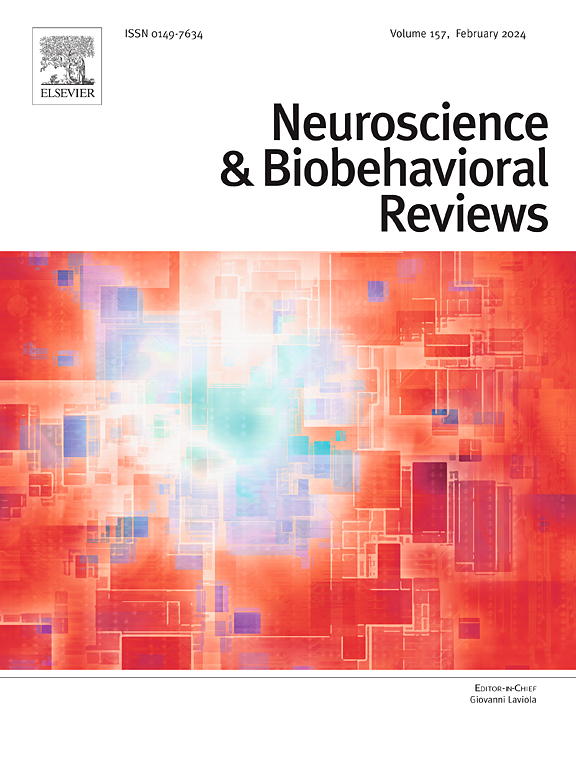Prolactin in sleep and EEG regulation: New mechanisms and sleep-related brain targets complement classical data
IF 7.5
1区 医学
Q1 BEHAVIORAL SCIENCES
引用次数: 0
Abstract
The role of prolactin in sleep regulation has been the subject of extensive research over the past 50 years, resulting in the identification of multiple, disparate functions for the hormone. Prolactin demonstrated a characteristic circadian release pattern with elevation during dark and diminution during light. High prolactin levels were linked to non-rapid eye movement sleep and electroencephalogram delta activity in humans. Conversely, hyperprolactinemia showed strong correlation with REM sleep in rodent studies. Prolactin may be implicated in the alterations in female sleep patterns observed during the reproductive cycle, it may play a role in the REM sleep enhancement following stress and in sleep-related immunological processes. In conclusion, prolactin appears to have a sleep-promoting role, particularly during the dark phase. However, it does not appear to play a central and coherent role in sleep regulation, as observed in some neuropeptides such as orexin. Conversely, its principal function may be to facilitate situational, yet adaptive, changes in sleep patterns in response to challenging physiological phases, such as those associated with stress, immunological challenges, or the reproductive cycle. Neuronal substrates for prolactin-mediated sleep effects remain unknown; however, recent rodent sleep studies may provide insights into the potential sites of these effects.
催乳素在睡眠和脑电图调节中的作用:新机制和与睡眠相关的大脑靶点对经典数据的补充。
在过去的50年里,催乳素在睡眠调节中的作用一直是广泛研究的主题,结果发现了这种激素的多种不同功能。泌乳素表现出一种特殊的昼夜节律释放模式,在黑暗时升高,在光照时降低。高催乳素水平与人类非快速眼动睡眠和脑电图δ波活动有关。相反,在啮齿动物的研究中,高催乳素血症与快速眼动睡眠有很强的相关性。催乳素可能与生殖周期中女性睡眠模式的改变有关,它可能在应激后快速眼动睡眠的增强和睡眠相关的免疫过程中发挥作用。总之,催乳素似乎有促进睡眠的作用,尤其是在黑暗阶段。然而,它似乎并没有在睡眠调节中发挥核心和连贯的作用,就像在一些神经肽如食欲素中观察到的那样。相反,它的主要功能可能是促进情境,但适应性,睡眠模式的变化,以应对具有挑战性的生理阶段,如与压力,免疫挑战或生殖周期相关的阶段。催乳素介导的睡眠效应的神经元底物尚不清楚;然而,最近的啮齿动物睡眠研究可能为这些影响的潜在部位提供见解。
本文章由计算机程序翻译,如有差异,请以英文原文为准。
求助全文
约1分钟内获得全文
求助全文
来源期刊
CiteScore
14.20
自引率
3.70%
发文量
466
审稿时长
6 months
期刊介绍:
The official journal of the International Behavioral Neuroscience Society publishes original and significant review articles that explore the intersection between neuroscience and the study of psychological processes and behavior. The journal also welcomes articles that primarily focus on psychological processes and behavior, as long as they have relevance to one or more areas of neuroscience.

 求助内容:
求助内容: 应助结果提醒方式:
应助结果提醒方式:


